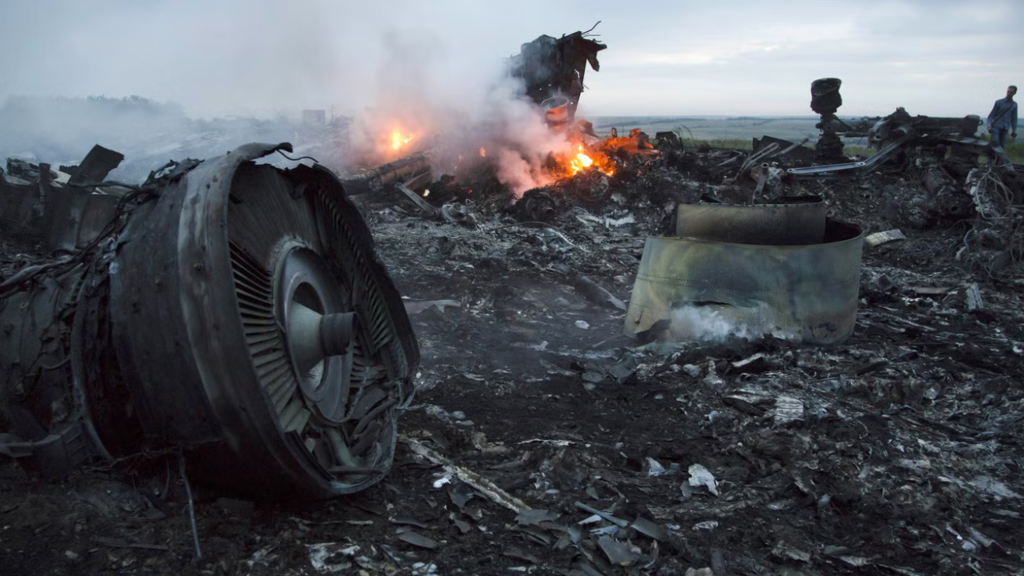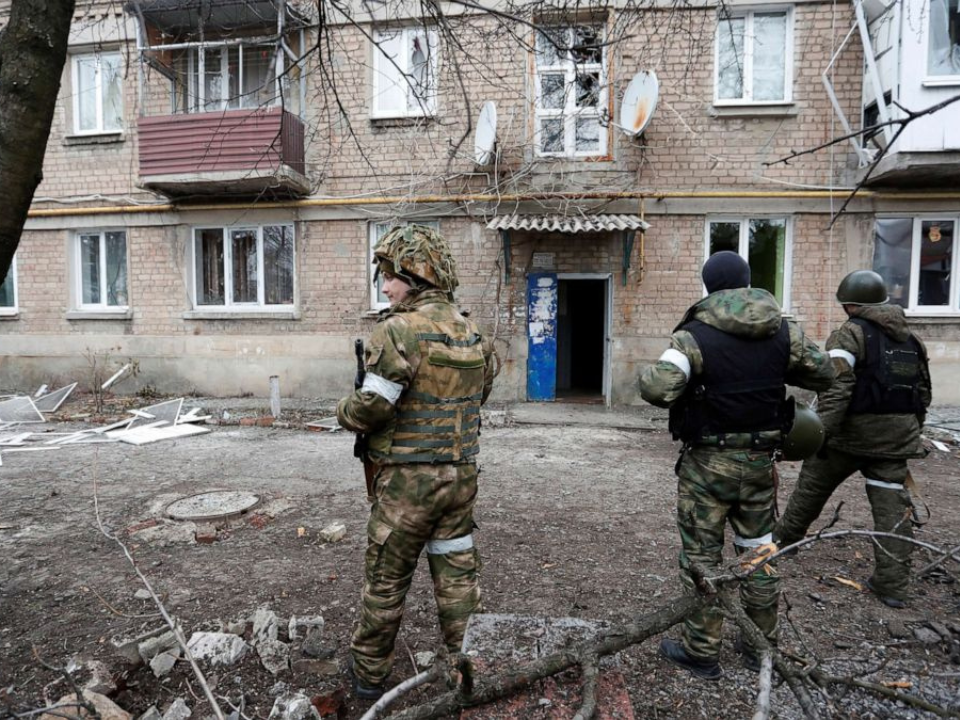The Eastern Ukraine Conflict: The Rise of Separatism and the Escalation of War
For Reference: Russia-Ukraine | Part 2
The Conflict in Eastern Ukraine
The annexation of Crimea in March 2014 was not the end of tensions between Russia and Ukraine; it was just the beginning. The crisis quickly spread to Eastern Ukraine, where pro-Russian separatists, emboldened by the events in Crimea, began to push for their own independence. This article explores the rise of the conflict in Eastern Ukraine and the subsequent war that has since claimed thousands of lives.
The Donetsk and Luhansk Uprisings
Following Crimea’s annexation, unrest erupted in the eastern regions of Donetsk and Luhansk, where a significant portion of the population identified as ethnically Russian or Russian-speaking. In April 2014, armed groups seized government buildings, police stations, and military bases in these regions, declaring the creation of the Donetsk People’s Republic (DPR) and the Luhansk People’s Republic (LPR). These self-proclaimed republics sought to break away from Ukraine and join Russia, following Crimea’s example.
The Ukrainian government, under newly elected President Petro Poroshenko, responded by launching what was termed an “Anti-Terrorist Operation” (ATO) to regain control over the separatist-held territories. However, the Ukrainian military, poorly equipped and undertrained, faced stiff resistance from the separatists, who were reportedly receiving substantial support from Russia in the form of weapons, funds, and even personnel.
The Battle for Control and the Rise of Hybrid Warfare
As the conflict escalated, the war in Eastern Ukraine took on the characteristics of a “hybrid war,” combining traditional military tactics with irregular warfare and cyber attacks. The separatists, with backing from Russia, employed guerrilla tactics, launching ambushes, and using advanced weaponry such as anti-aircraft missiles. The most infamous example of this was the downing of Malaysia Airlines Flight MH17 in July 2014, which killed all 298 people on board. The missile that brought down the plane was traced back to a Russian military unit, though Moscow denied any involvement.
By the summer of 2014, the conflict had turned into a full-scale war, with both sides suffering heavy casualties. Cities like Donetsk and Luhansk became war zones, with civilian populations caught in the crossfire. The Ukrainian military, despite early setbacks, managed to make significant gains by the end of the year. However, these advances were met with counter-offensives by the separatists, often with direct or indirect Russian support.

International Response and the Minsk Agreements
The international community responded to the growing crisis with a mix of condemnation and diplomacy. The European Union and the United States imposed sanctions on Russia, targeting its economy, while also providing limited support to Ukraine in the form of military aid and training.
In an effort to bring the conflict to a halt, two peace agreements were brokered in Minsk, Belarus, in 2014 and 2015, known as the Minsk Protocols. These agreements called for an immediate ceasefire, the withdrawal of heavy weaponry, and constitutional reforms in Ukraine to grant greater autonomy to the separatist regions. However, both agreements failed to bring about a lasting peace, as ceasefires were repeatedly violated, and the political process stalled.
The Humanitarian Crisis and Ongoing Conflict
As the war dragged on, the humanitarian situation in Eastern Ukraine deteriorated. Over 13,000 people have been killed since the conflict began, and millions have been displaced, with many fleeing to other parts of Ukraine or seeking refuge in Russia and Europe. The war has also left Eastern Ukraine economically devastated, with infrastructure destroyed and industries crippled.
Despite numerous attempts at peace, the conflict in Eastern Ukraine remains unresolved. The region remains a flashpoint in the broader geopolitical struggle between Russia and the West, with occasional flare-ups of violence and ongoing political deadlock.
Stay tuned for the next article, where we will explore the broader implications of the Russia-Ukraine conflict for international relations and global security.
Details of the Featured Image
abc News: Militants of the self-proclaimed Donetsk People’s Republic stand in front of an apartment building, which locals said was damaged by recent shelling, in the separatist-controlled town of Yasynuvata (Yasinovataya) in the Donetsk region, Ukraine, Feb. 24, 2022.
Image: Alexander Ermochenko/Reuters
Author
Ziara Walter Akari
© www.apotheosislife.com
